In honor of National Dairy Month, I’m delighted to examine Theodore Roosevelt’s thoughts and opinions on all things dairy from milk and cream to butter and buttermilk. For reflections on dairy substitutes like margarine, you’ll have to reread (or read for the first time!) the June 2022 issue of Missing Pieces.
Source: Chemist Roosevelt at work. Theodore Roosevelt Digital Library. Dickinson State University.
The Theodore Roosevelt Digital Library has surprisingly little about dairy in its collections. There is a short letter written by TR’s secretary defending the former president against claims of alcoholism where the secretary states that TR drank tea and milk “as a rule.”
TR’s sister Corrine Roosevelt Robinson corroborates this fact in a book she wrote about her brother after his death, citing a letter he wrote when he was governor of New York in which he stated he would be fine on a milk and bread diet only: “On Thursday, December 21st, may I have dinner at seven o’clock? If you are going out, do remember, that seriously, I am quite as happy with bread and milk as with anything else.”
To which she added, “What could be more unusual than the governor of New York State being ‘quite as happy with bread and milk as with anything else’! And I really think he was rather happier with bread and milk than with anything else . . .”
Source: Milk delivery in Jamaica. Keystone View Company. 1900. Library of Congress.
TR even enjoyed milk while traveling. During a trip in May 1907 to Ohio, Indiana, and Michigan, TR recounts in a letter to his son Kermit that he and Vice President Charles W. Fairbanks stopped a few miles outside of Akron, Ohio, where he “could do was to drink a glass of milk” since he didn’t have time to stay for dinner.
TR also relates in his books how challenging it was to get milk in the Badlands. In A Book-Lover’s Holiday in the Open, he talks about the food of a cowboy:
“Many ranches are provided with nothing at all but salt pork, canned goods, and bread; indeed, it is a curious fact that in travelling [sic] through the cow country it is often impossible to get any milk or butter; but this is only because the owners or managers are too lazy to take enough trouble to insure [sic] their own comfort. We ourselves always keep up two or three cows, choosing such as are naturally tame, and so we invariably have plenty of milk and, when there is time for churning, a good deal of butter.”
And when TR first complained about drinking canned milk while he was a greenhorn, his compatriots invited him to milk a cow—which he attempted and then realized how difficult it was—as related in Edwin Emerson’s Adventures of Theodore Roosevelt.
“With so many cows around, he thought, they ought to have fresh milk and cream on the table. With a grin and a wink at the other cowboys the cook hinted that the boss should go out himself and milk a cow for them. . . . As Roosevelt told it afterward: ‘Our first effort was not successful, chiefly because we did not devote the needed time and patience to the matter. And we found that to race a cow two miles at full speed on horseback, then rope her, throw her, and turn her upside down to milk her, while exhilarating a pastime, was not productive of results.’”
Source: Catsup. c. 1898. Library of Congress.
While mentions of milk are in short supply in the digital library, one does see references to butter there—in particular, butter sculptures, which were all the rage in the Gilded Age and Progressive Era.
To the best of my knowledge, there were three butter sculptures made of TR’s likeness during his lifetime. Two appeared at the 1904 Louisiana Purchase Expedition, known informally as the St. Louis World’s Fair.
One was a life-sized butter sculpture of TR the Rough Rider on horseback identified as North Dakota’s Special Butter Exhibit. Check out another angle of the sculpture here.
The other from the 1904 exposition was a less ornate sculpture—a bust of TR with his distinctive pince-nez glasses.
Six years later, another TR butter sculpture debuted at the 1910 Minnesota State Fair—one of TR standing beside a lion he killed, an obvious nod to his African expedition of 1909-1910.
As interesting as the butter sculptures are, by far the most entertaining story I discovered pertained to TR and buttermilk. I, for one, never could stomach that fermented dairy drink, but my sister loved it growing up. Apparently, TR and I were cut from the same cloth as a story related in Hermann Hagedorn’s Roosevelt in the Bad Lands reveals.
“Shortly after Mrs. Roberts had moved to her new house, Roosevelt and Merrifield paid her a call. Mrs. Roberts, who had the only milch cow in the Bad Lands, had been churning, and offered Roosevelt a glass of buttermilk. He drank it with an appreciation worthy of a rare occasion. But as he rode off again, he turned to Merrifield with his teeth set. ‘Heavens, Merrifield!’ he exclaimed, ‘don’t you ever do that again!’ Merrifield was amazed. ‘Do what?’ ‘Put me in a position where I have to drink buttermilk. I loathe the stuff!’” (259).
Source: John Michels, Market Dairying and Milk Products (Wauwatosa, WI: 1913).
Whether you agree with TR that buttermilk is loathsome or whether you think it’s the best thing since yellow-colored margarine, I hope everyone has a fun time celebrating National Dairy Month—dairy-filled or dairy-free!
As we’ve discovered, Theodore Roosevelt loved butter and milk, but not the fermented beverage of buttermilk. Cast your vote in the poll below for your favorite dairy item. For my dairy-free readers out there, there’s an option especially for you. 😊

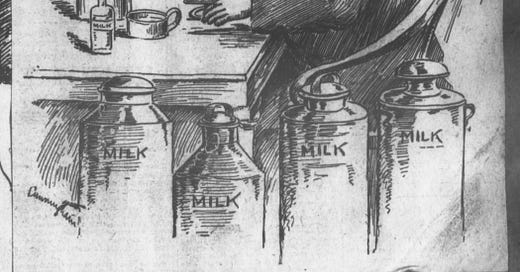




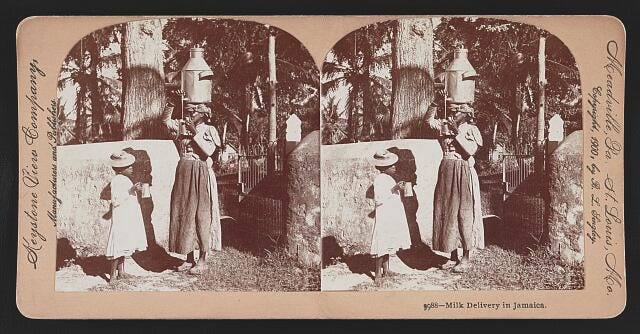
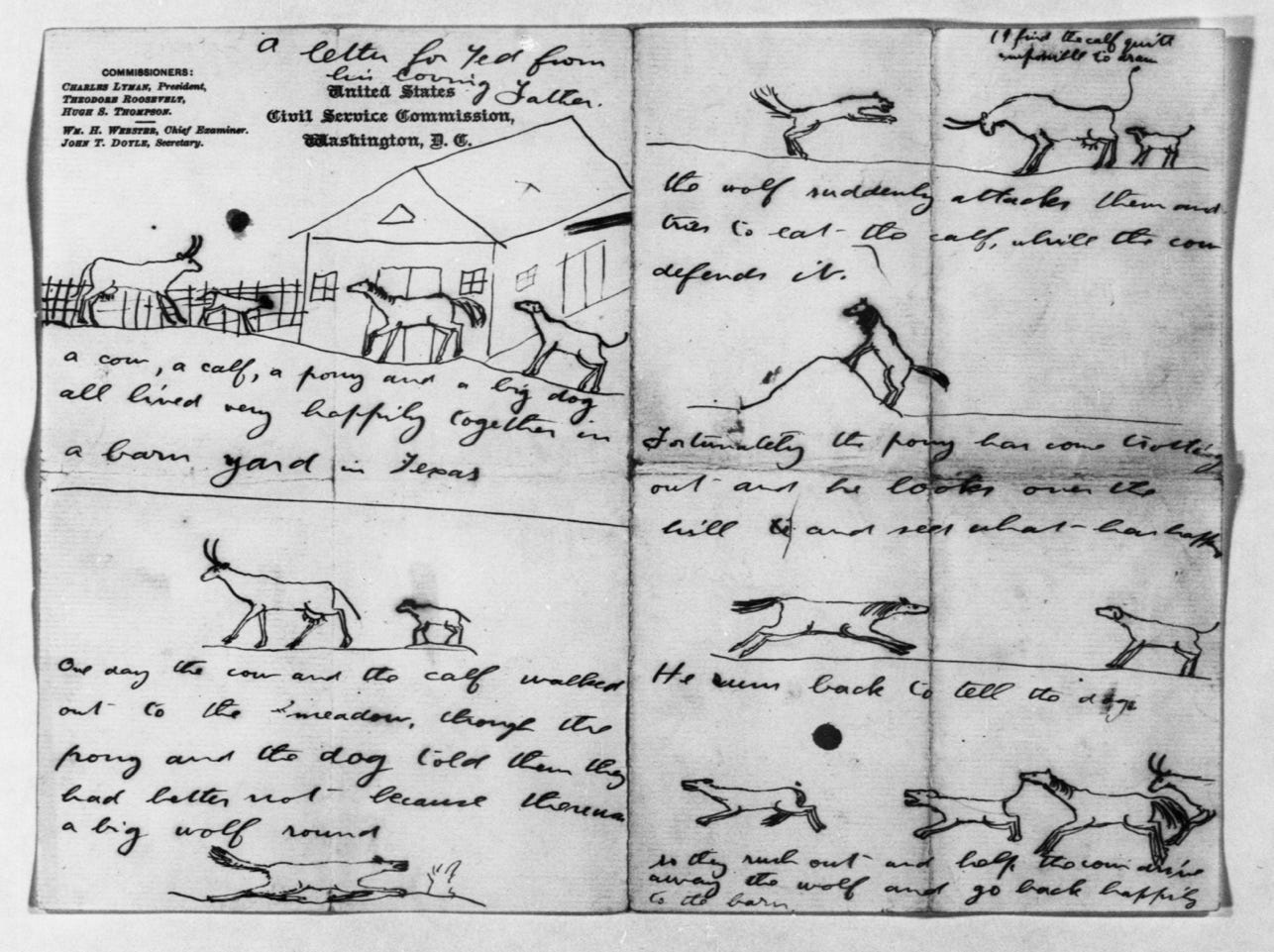
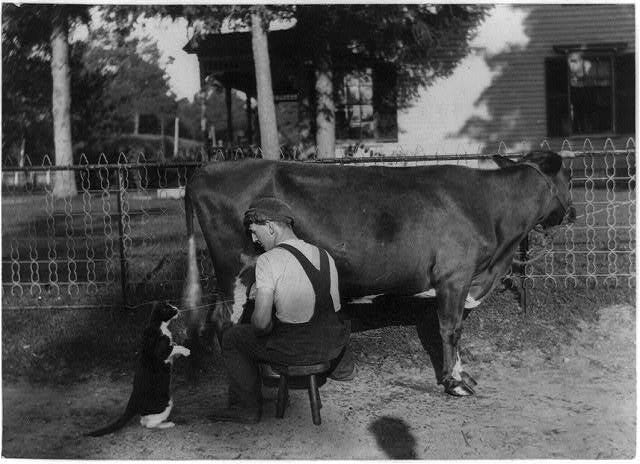
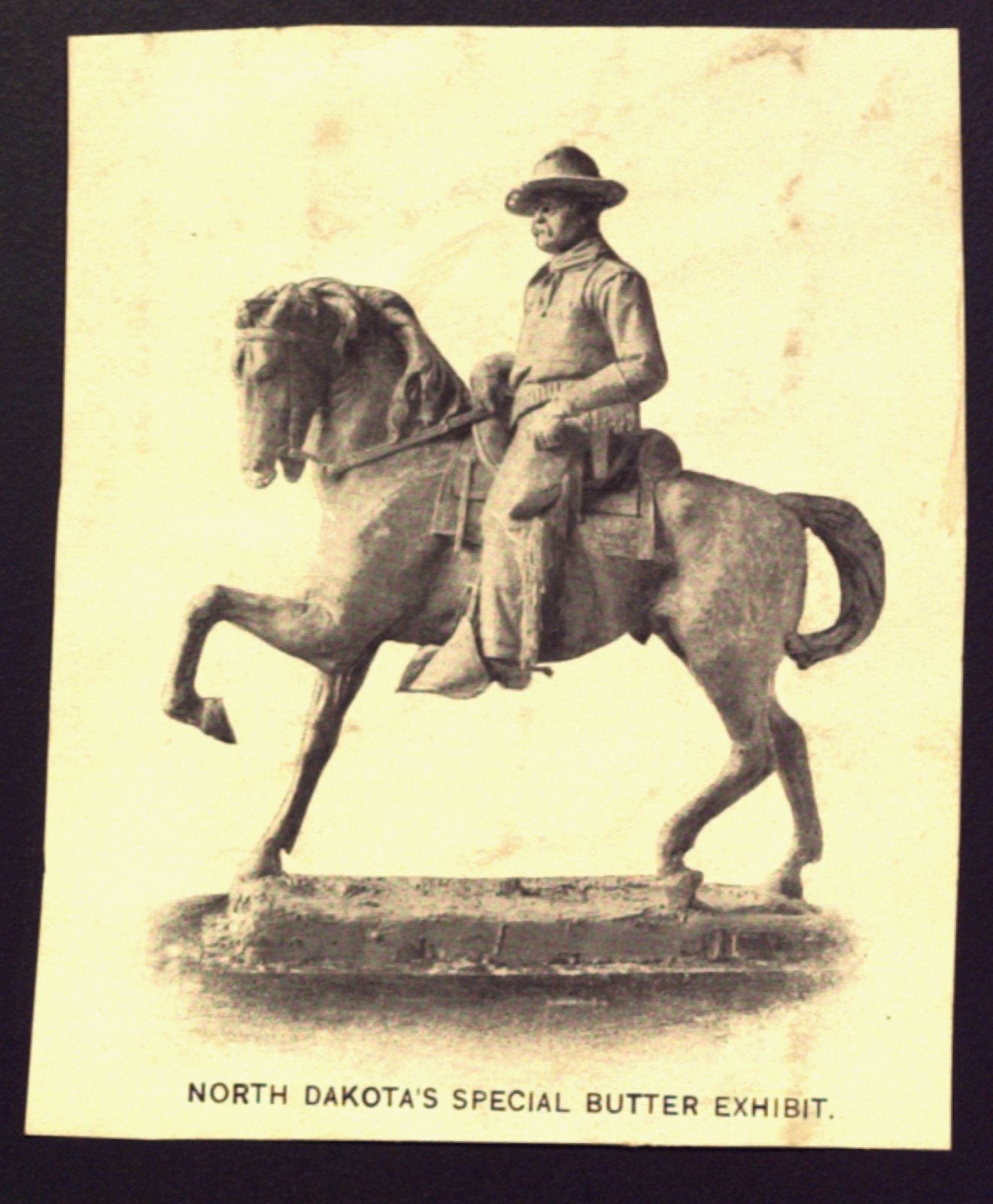
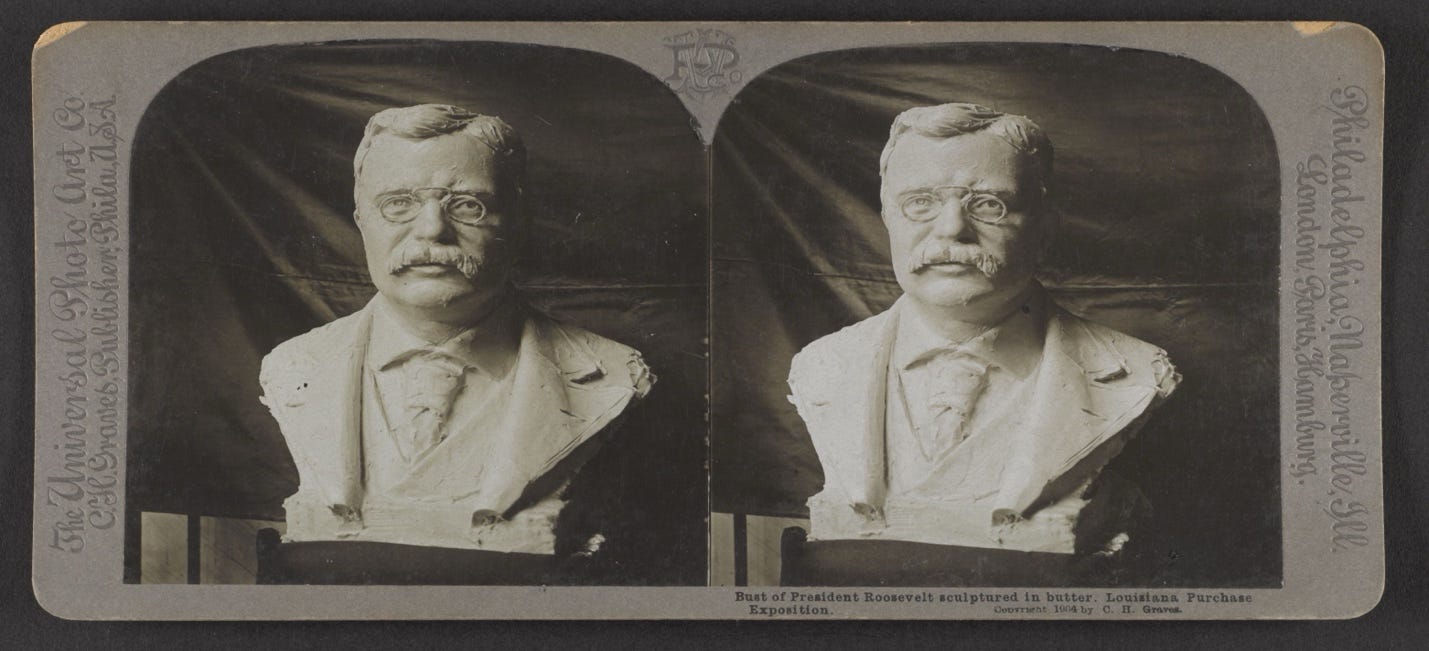
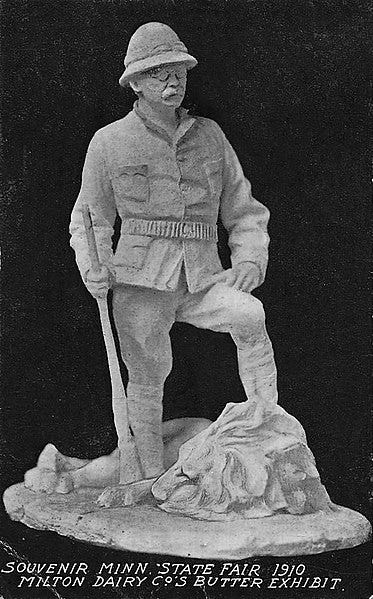

TR doesn’t necessarily strike me as one that could live on milk and bread. I, on the other hand, think I could survive on cheese.
I don't think I would have made it through childhood without milk. I had at least one glass every day.